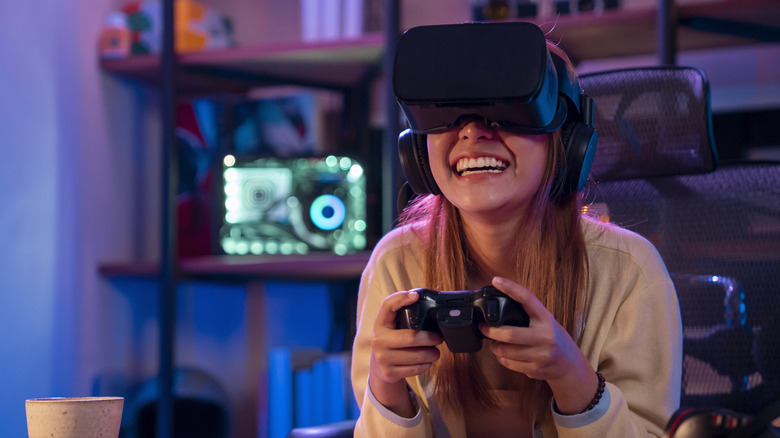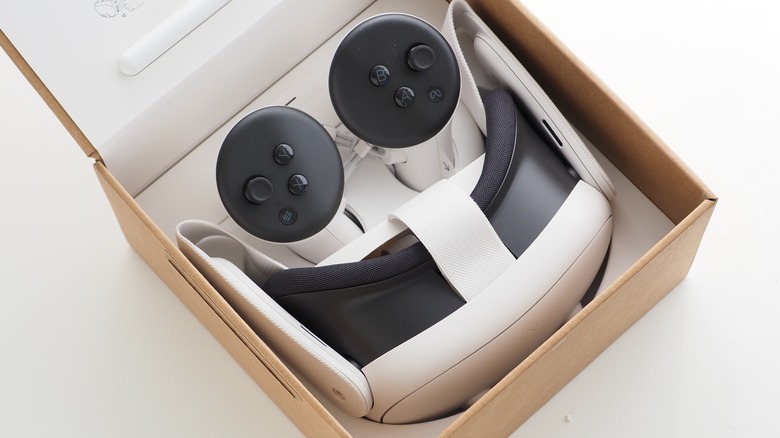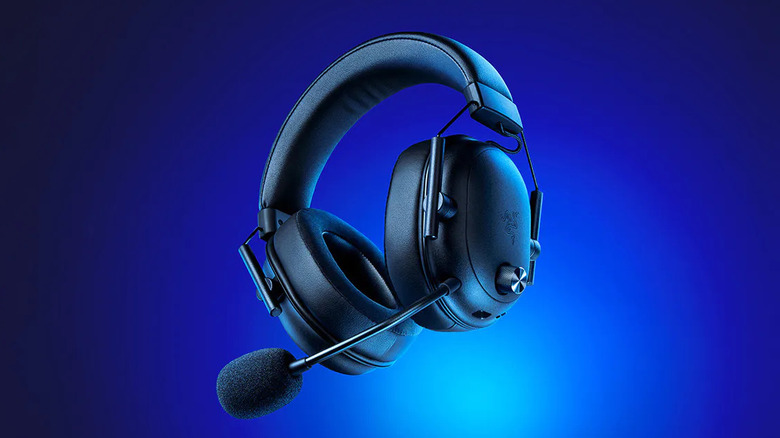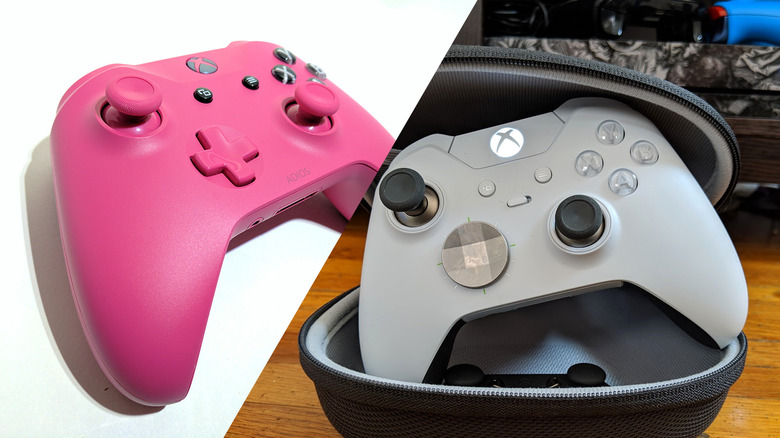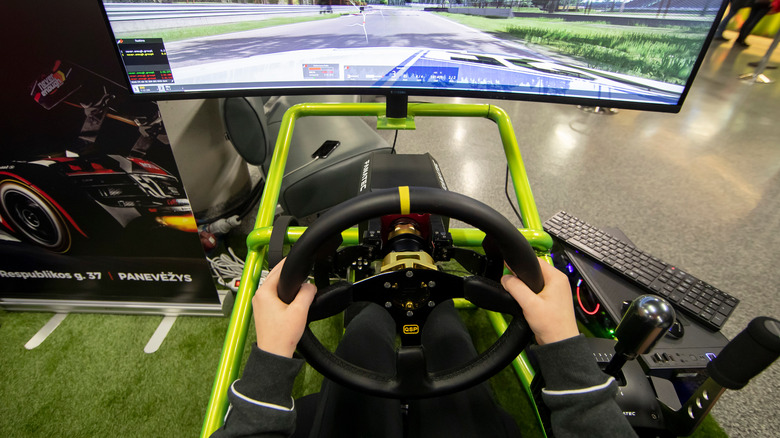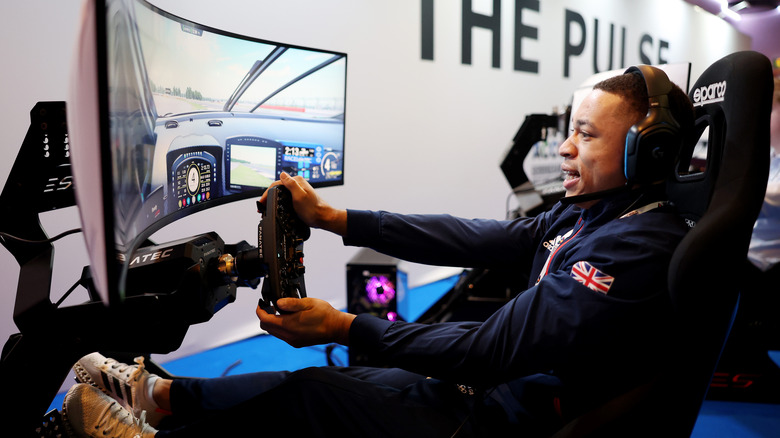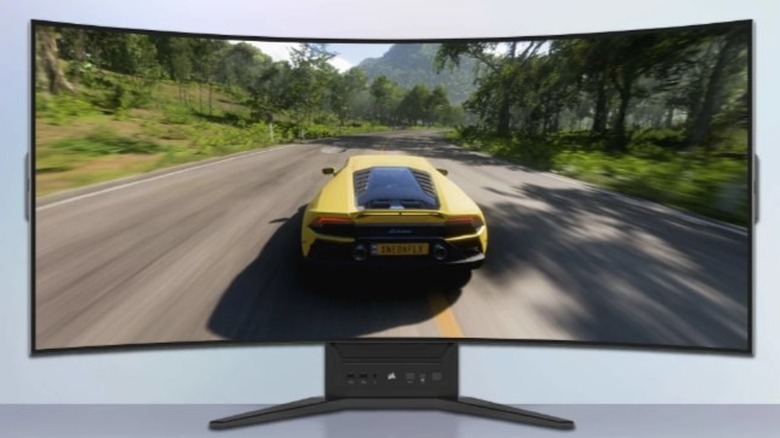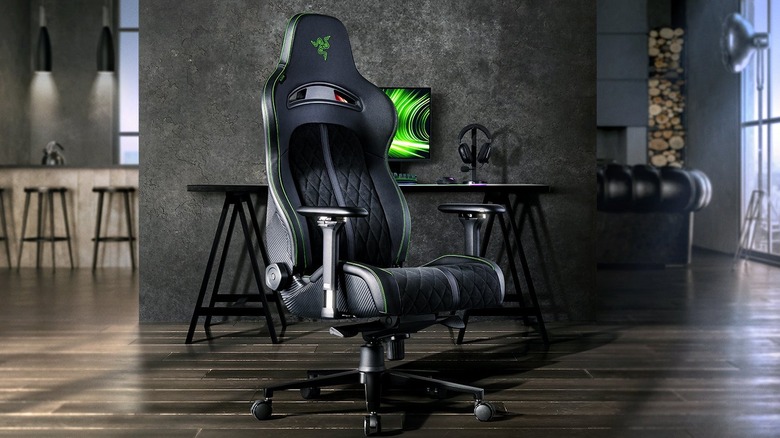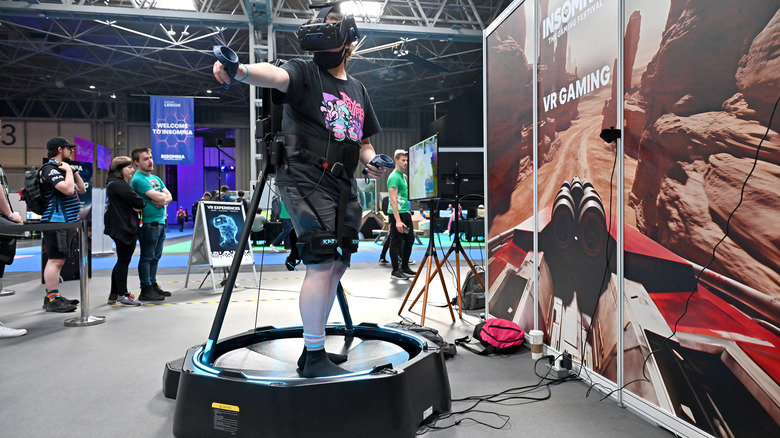8 Gaming Peripherals That Will Maximize Your Immersion
Video games may have started as niche entertainment for hobbyists, but these days hundreds of millions of passionate gamers dive into games of all types as a form of relaxation, a chance to live a story or experience that would otherwise be impossible. The gaming industry is a financial titan; in 2022, it generated an estimated $184 billion, more than the revenue of the film and music industries combined.
With that much money swirling around the industry, companies often go all out in developing products designed to increase immersion and allow users to experience gaming in new and exciting ways.
Not long ago, a console, a television, and a pair of controllers were the extent of gaming technology, but those days are long gone. Now a vast array of gaming peripherals is available, allowing gamers to immerse themselves fully in their favorite worlds and competitions. From high-tech headsets to advanced controllers, these peripherals have the potential to revolutionize the gaming experience. Join us as we explore seven of these gaming peripherals that are set to redefine how we play.
Virtual reality headset: Meta Quest 3
Virtual reality goes further back than one may suspect. Computer scientist, electrical engineer, and Turing Award winner Ivan Sutherland first developed the Head-Mounted Display in 1968. The world may have been ready, but the technology was not. Over the decades since, VR has been labeled the next big thing more than once. Companies have made many attempts, including the intriguing flop that was the Nintendo Virtual Boy, amongst dozens of others.
As of now, VR's primary recreational application is gaming. Virtual reality headsets, for all their faults and imperfections, can take gamers out of their offices and bedrooms and drop them into the cockpit of a Supermarine Spitfire or the driver's seat of a Formula 1 car. Mark Zuckerberg's Meta reignited interest in VR when it purchased startup Oculus for $2 billion in 2014, and the Meta Quest 3 represents its latest offering to bring VR to home gaming.
At $499, it's more expensive than its predecessor but comes with more powerful hardware. A Snapdragon XR2 Gen 2 coupled with 8 GB of RAM does the trick for all but the most taxing applications. Our review also praises the Quest 3's visual enhancement. Its 2,064 x 2,208 pixel dual screens and an up to 120Hz refresh rate represent an improvement over the previous generation.
Headphones: Razer BlackShark V2 HyperSpeed
Whether you're hearing the echoes of gunfire in "Call of Duty," the gentle clacking of tree limbs in the wind in "The Witcher 3: Wild Hunt," or the swelling of a game's orchestral score, a good headset can lift the gaming experience to a new level not only by providing high-quality sound but by reducing the distractions of the real world during a gaming session.
Gaming headsets come in all forms. Wireless headsets, in particular have become popular, but beware. Checking the compatibility with your system is critical, as Xbox headsets will not play nicely with PlayStation or Switch systems.
The Blackshark V2 Hyperspeed is one of Razer's entries into the peripherals game. A wireless gaming headset perfect for those who spend hours in-game, the Blackshark is lightweight, with a long-lasting battery capable of fast charging. And the price point isn't too bad, either. In a hobby where dropping several hundred dollars is commonplace, the Blackshark rings up at $110 to $120 (depending on where you source it). For a peripheral that can so deeply impact the gaming experience, that's well worth it.
A top-rated surround sound headset is one of the easiest ways to enhance immersion. If you enjoy gaming with others, whether building together in Minecraft or storming an enemy position in Hell Let Loose, a quality microphone is essential for communicating with friends and rivals alike.
Custom controllers
From Nintendo's ultra-innovative Joy-Cons to the good ol' fashioned keyboard and mouse, a good controller is integral to the gaming experience. Which controller is best suited for you depends largely on how you game.
The major consoles each come with their own propriety controller, and each has its appeal. The PlayStation has used versions of its DualShock design for decades, and the PlayStation 5 DualSense controller might be the best one ever. The Nintendo Switch Joy-Cons have all sorts of unexpected uses. Players have loved the comfortable design of the Xbox controller since the era of the Xbox 360, and the current controller generation has a lot of cool-looking customization options.
Many other companies also build custom controllers for everything from comfort to aesthetics to performance. Button-mapping, wacky color combinations, and bespoke joysticks are some personalizations that can come with an aftermarket controller. The Xbox Design Lab can generate also just about any combination of color and tactile experience you can imagine for Microsoft's console.
The PlayStation, Xbox, and Switch controllers all work with your Windows PC, and the market is rife with other gamepads designed specifically for ditching the full keyboard. These peripherals bring all the keys you need for a game into one centralized location. No more breaking your knuckles reaching across the keyboard to access your inventory while trying to fend off a horde of enemies.
Racing wheels and flight sticks from Logitech and Thrustmaster
Racing and flight games have been industry mainstays for almost as long as video games have been around. Whether simulator-oriented or more arcade-style, people love to whip a vehicle they usually wouldn't have access to around a track or through the skies. Microsoft's Flight Simulator 2024 even lets you play out a career as a pilot, and hardcore simulator iRacing is generating an entire series of professional virtual drivers.
While most of these games are perfectly accessible with standard controllers, a rig designed to simulate the cockpit of a car or aircraft takes immersion to the next level. Options are available across many price points. Players can start with a joystick like Thrustmaster's HOTAS Warthog controller or something like the expensive Logitech G Pro racing wheel and add extra peripherals such as brake and gas or rudder pedals, shift sticks, throttles, and even additional screens for more expansive visibility.
There are also some very cool home simulator setups at high prices. Forget shooting down Stukas from your office. Why not build your very own cockpit like this at-home Boeing 737 Simulator? If you don't have the resources to devote an entire room to simulation, check out some of the portable setups that allow gamers to attach their existing pedal peripherals.
Cockpit: VXR Racing Sim
Maybe you've got all the accessories — the VR goggles, the headset, the flight stick, or the steering wheel — but something is still missing. A physical cockpit for your favorite simulator is one way to take gaming to the next level.
The sim world is littered with DIY and professional rigs designed to bring the feel of a car's cockpit to your gaming room. For the hardcore simulator fan, it's a great way to slide even deeper into the zone of pursuing the checkered flag.
The VRX Racing Simulator is an auto-racing setup designed to make you feel like you're screaming down the pavement of your favorite track. With a trio of high-definition displays, an authentic racing seat, and even a vibration feedback unit to translate the car's feel to your rear, you can throw those short shifts fast and furious without worrying about tearing your shift rig off the particle board desk you got from Wal-Mart.
Curved monitor: Corsair Xeneon Flex 45WQHD240
Like anything else, a curved display has its pros and cons, but one of the major pros is how it wraps around you, giving a sense of periphery not typically available in a flat-screen setup. Curved screens also tend to be wider than flat screens, and the shape prevents reflections and glare from impugning the player experience.
They also provide a sense of improved depth perception. Increased dimensionality adds an immersive element that helps suck players into games. Curved monitors also direct players' eyes toward the center of the screen — a critical consideration when playing shooters and other competitive games.
Curved monitors also have their cons. They tend to cost more than flat monitors. They can also cause problems if the user is not seated directly in front of the monitor. Not everyone wants a setup with one huge screen. Many people prefer dual flat screens, though setting up a flat screen in tandem with the curved monitor is always possible.
What's incredible about the Corsair Xeneon Flex 45WQHD240 is that it offers the best of both worlds. It's an impressive piece of hardware that can be set flat for work and pulled into a curved configuration for gaming sessions. The tech and price tag are impressive, too, but it could be the missing piece to your perfect setup.
Haptic chair: Razer Enki Pro Hypersense
Sometimes, immersion is less about getting into the game and more about not being pulled out. The right chair will not only provide the comfort and concentration you need to game for hours, but it could even enhance your sensory experience.
Elder millennials out there may remember the Nintendo 64 Rumble Pak. The peripheral slotted into the back of the N64 controller, and provided vibration whenever players fired a weapon, swung a sword, or crashed landed a spacecraft. Imagine that, extrapolated to a chair with multiple feedback points.
Haptic feedback chairs come with multiple haptic points that translate the action on the screen into physical feelings. Take a shot to the back? The chair lets you know. Crash your P51 Mustang in pursuit of a BF109? You'll feel it. Razer is currently working on a PC-linked haptic gaming chair that will operate through a 2.4 GHz wireless connection. The Enki Pro Hypersense Haptic Chair, formerly known as "Project Carol," looks like it could deliver comfort for hours of gaming, and provide a tactile experience through an advanced haptic engine that produces vibrations and motions corresponding with what's happening onscreen. The chair can apparently produce over 65,000 vibrations with a response time of fewer than 5 milliseconds, making users feel like they're a part of the action.
At least, it will do all that if ever it releases — Razer showed the design off at CES 2023, and we haven't heard much since.
Omnidirectional treadmill: Virtuix Omni One
This one may not be as practical as other entries on this list, but if you want immersion, omnidirectional treadmills will take you to new frontiers. We were impressed in our hands-on Virtuix Omni One, one of the treadmills gaining a lot of attention these days. Used with virtual reality goggles, this will get you up out of your chair and into the center of the action — it is perhaps the most immersive piece of gaming equipment you can get.
The Omni One allows players to walk as if they were in the game. Its frictionless sensor surface translates player input into in-game motion, and the harness means you won't have to worry about kicking a hole in your wall when playing with your Quest. The only downside (or maybe it is an upside) is that you'll likely be sweating up a storm as you explore new regions or find hard cover on your way to the next objective.
Omni treadmills are a serious piece of gear and probably the last to find a place in your house. But if you have the space and the wallet to grab one, they represent the maximum in disappearing into your favorite game.
